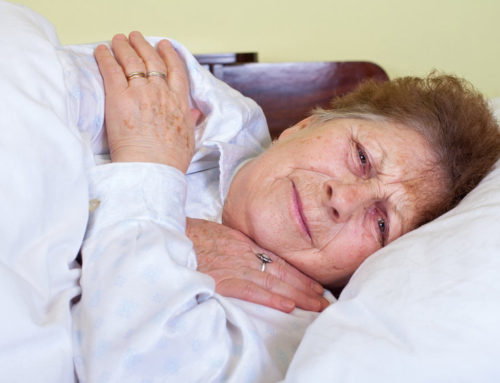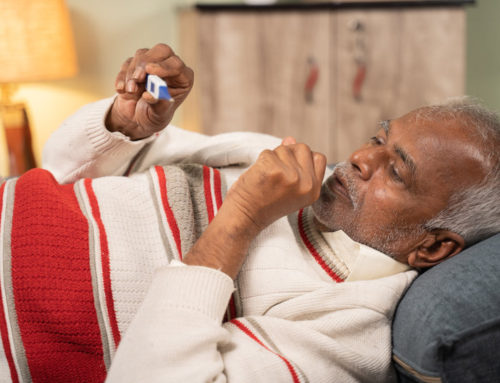Share This Story!
Aging And Your Balance
No matter a person’s age, falls do happen. However, as a person ages, the risk of falling increases. This is often because some chronic health conditions, such as low blood pressure, dementia, and poor vision can cause dizziness.
The risks of falling
Falling in later life can bring a higher risk of injury, particularly in adults aged 65 and over. Men and women who suffer from osteoporosis are particularly at risk. Common injuries from falling include severe bruising, hip fracture, and wrist fracture. Some falls can even cause fatal injuries.
Changes in muscle mass
Another factor that can make people more prone to falling in later life is changes in muscle mass. As a person ages, muscle mass declines. This affects the strength of hips, arms, legs and the core. This loss of strength can mean that a person has a harder time putting the arms out for protection when falling. This means the individual is more likely to suffer a broken bone.
Start exercising now
Starting a strengthening exercise routine now can help people later in life. Focus on exercises which will strengthen important muscle groups such as glutes, quads, and triceps as well as the core. Here are three exercises to build strength and prevent falls:
1. Alternating lunges
Stand with the legs shoulder-width apart. For balance, place a sturdy chair to one side. Maintain a straight back and step forward with one foot. Lunge forward bending the front knee until the rear knee almost touches the floor. Push back and return to standing. Repeat 5 times with each leg.
2. Seated leg raises
Sit on a sturdy chair and grip the seat with both hands. Fully extend one leg then pull the knee up to the chest without moving the upper body forward. Repeat 5 times with each leg. Work towards being able to extend both legs at the same time.
3. Toe touches
Stand with feet together. Slowly bend to touch the toes with the tips of the fingers or as close as flexibility allows. Keep the legs straight, and the knees locked the whole time. Slowly return to standing. Repeat 10 times.
Preventing falls
Falls put a person at serious risk of injury. As well as building strength, older people can prevent falls in the home by removing clutter, installing grab bars, and wearing non-slip shoes. Check the home for tripping hazards and remove obstacles or make repairs where necessary. Consult with a healthcare provider for more information on keeping bones healthy and preventing falls.





